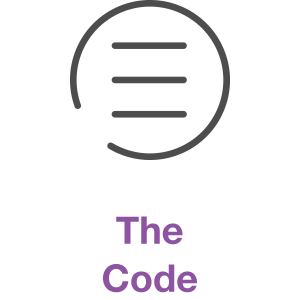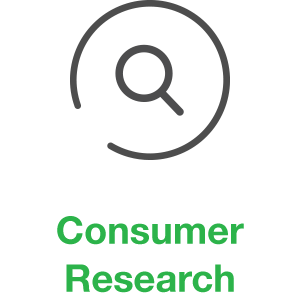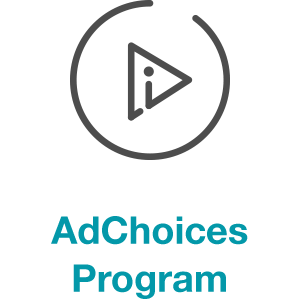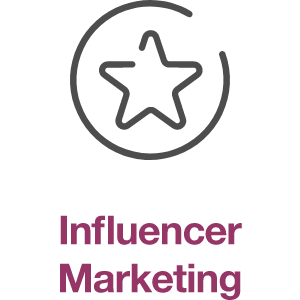What do Canadians think of influencer marketing?
Find out with our 2023 research, conducted by Caddle Canada.
Influencer Marketing
Influencer marketing is an increasingly popular strategy for advertisers to promote their brands. Building on the persuasive power that one individual’s opinions, recommendations, reviews, and testimonials can have on others, influencers present their views on products and services that they sample to their followers. In doing so, they aim to influence consumer behaviour. Trust is key to the relationship between the influencer and the consumer, and Ad Standards provides tools to help brands, advertisers, platforms and influencers maintain that consumer trust.
The Canadian Code of Advertising Standards
The Canadian Code of Advertising Standards (Code), and specifically Clause 7 (Testimonials), provides parameters for truthful “testimonials, endorsements or other representations of opinion or preference”. This requirement applies equally to all media and formats, including traditional testimonials, advertorial and native content, and, now, the representations of influencers.
Interpretation Guideline #5
In 2016, Ad Standards introduced Interpretation Guideline #5 to help ensure that influencer content is not deceptive. It requires that the representations disclose any material connection between the influencer and the entity behind the brand, product or service being promoted. The Interpretation Guideline further requires this disclosure to be clear, prominent, and in close proximity to the representation being made.
Influencer Disclosure Guidelines
The Ad Standards Influencer Marketing Steering Committee, made up of members of the influencer marketing industry, created the Influencer Marketing Disclosure Guidelines in 2018. The goal of the document is to help influencers and advertisers understand and meet the disclosure requirement in the Code and Interpretation Guideline #5.
Updated most recently in 2023, the Guidelines:
- Provide an overview of the regulatory landscape and the self-regulatory framework
- Explain the do’s and don’ts of disclosure
- Include a wealth of examples that illustrate sufficient and insufficient disclosure of a material connection within a variety of post types (ie. static posts, character-limited posts, video posts, stories, blogs)
- Addresses disclosure best practices in the context of gifted products, events and experiences, affiliate marketing and refer-a-friend programs
Ad Standards was proud to have received the Best Sectoral Initiative award from The International Council for Ad Self-Regulation (ICAS) for these Guidelines in May, 2019. The Guidelines are consistent with expectations of regulators in the US and other jurisdictions. Canada is among the countries with self-regulatory codes and guidelines for influencer marketing.
The Competition Bureau also provides helpful guidance in The Deceptive Marketing Practices Digest - Volume 4, and also in their document “Influencer marketing and the Competition Act”.
Influencer Marketing Research 2023
In 2023 Ad Standards partnered with Caddle Research to conduct a survey of Canadians about their awareness of and attitudes toward influencer marketing. The survey of more than 3,300 Canadians uncovered several key insights:
- 65% of Canadians feel comforted by the fact that influencers are required to disclose their connections with brands or companies (up 7 points from 2021).
- Most Canadians (92%) have heard of influencers, but the majority do not know much about them. The percentage of Canadians that claim to know at least a fair amount about them has inched up six points compared to 2021.
- Approximately four out of every 10 Canadians know a fair amount about the difference between sponsored content and content that is not sponsored.
- Most Canadians have at least heard that influencers are required to disclose their affiliation with a brand or company. The percentage of those who have heard this increased by 7 points since 2021.
Filmed and posted in 2019.







